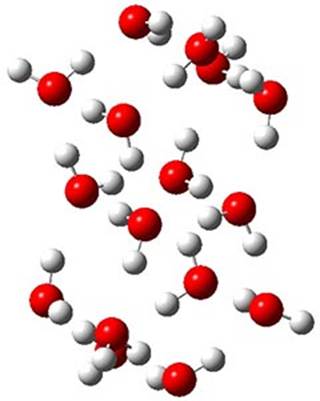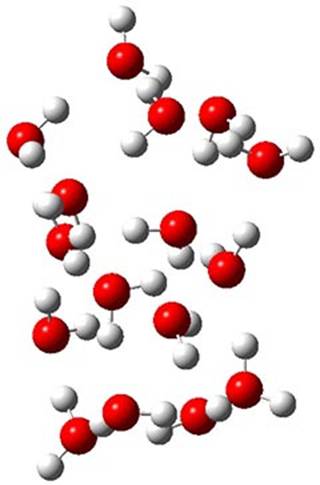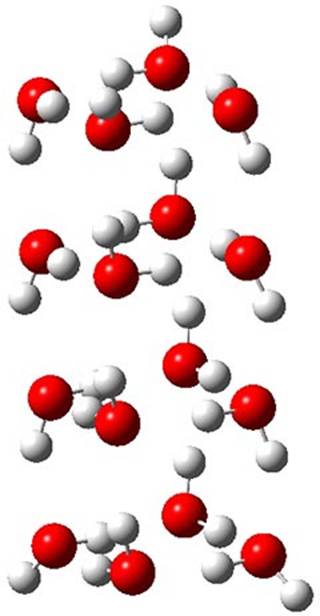A short note here mainly to call to the reader’s attention a fascinating “trialogue” on the C2 molecule.1 Shaik, Danovich, Wu, Su, Rzepa, and Hiberty2 recently presented a full CI study of C2 and concluded that the molecule contains a quadruple bond (see my previous post on this paper). This work was inspired in part by a blog post by Henry Rzepa.
The trialogue1 is a conversation between Sason Shaik, Henry Rzepa and Roald Hoffmann about the nature of C2, its 4th bond, its diradical character, and some historical detours to see how some of our theoretical chemistry ancestors came close to proposing a quadruple bond. The discussion weaves together simple MO pictures, simple VB models, and the need for much more sophisticated analysis to ultimately approach the truth. Very much worth pointing out is the careful analysis of trying to tease out bond dissociation energies, especially analyzing the assumptions made here – including the possibility of errors in the experiments and not just errors in the computations! This is a very enjoyable read, following these three theoreticians as they traipse about the complex C2 landscape!
References
(1) Shaik, S.; Rzepa, H. S.; Hoffmann, R. "One Molecule, Two Atoms, Three Views, Four Bonds?," Angew. Chem. Int. Ed. 2013, 52, 3020-3033, DOI: 10.1002/anie.201208206.
(2) Shaik, S.; Danovich, D.; Wu, W.; Su, P.; Rzepa, H. S.; Hiberty, P. C. "Quadruple bonding in C2 and analogous eight-valence electron species," Nat. Chem. 2012, 4, 195-200, DOI: 10.1038/nchem.1263.









